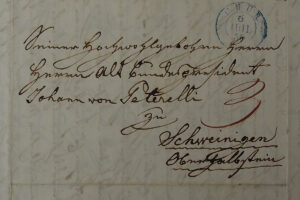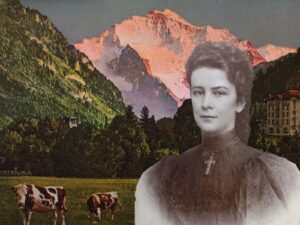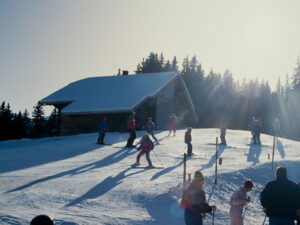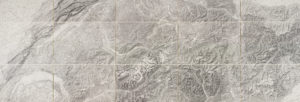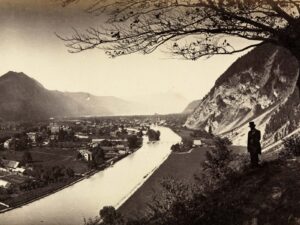
The birth of Interlaken
Aarmühle was a place in the Bernese Oberland. As a name it was rather uninspiring and thus unlikely to appeal to potential visitors from all over the world. Hence the renaming of Aarmühle as Interlaken in 1891, which turned the town into a tourist destination of international renown.
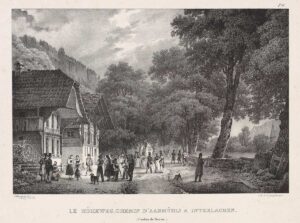
Official name change from ‘Rameli’ to Interlaken
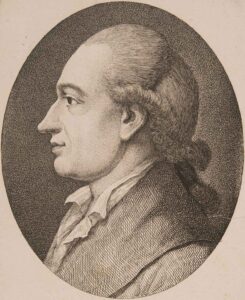
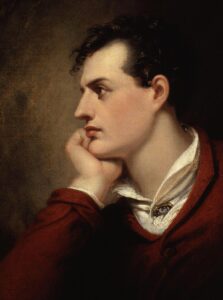
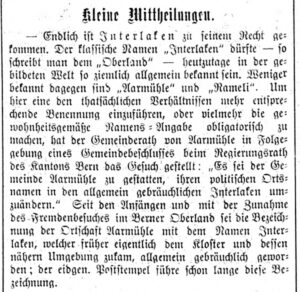
Finally, Interlaken came into being. […] The commune of Aarmühle is hereby authorised to change its political place name to Interlaken, which is in common usage.

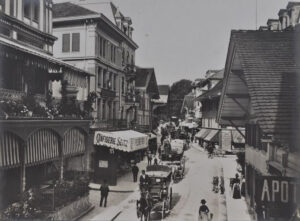
New name, new glamour?
